We keep learning new things about the novel coronavirus, SARS-CoV-2. Some general characteristics apply in most situations, but this bug’s personality is capable of some crazy, dangerous stuff. It’s not the most devastating virus nature has produced — that crown belongs to the bubonic plague, with smallpox second and cholera third — but it is one of the most easily transmitted, and thus will hobble an economy as authorities try to limit its spread.
By the numbers, the vast majority of those infected survive with no long-term effects. Many beat the bug at home, in quarantine, and fully recover in a week or two. The symptoms can be mild — a headache, a persistent dry cough, a slight temperature. But some get really ill and need a hospital’s care to manage an onslaught of debilitating effects. The difference might well be the intensity of person’s exposure, their “viral load,” rather than some personal genetic disposition and regardless of age — which explains why hardy, youngish ER doctors and nurses are among the clobbered. And why masks make sense: even if it doesn’t stop everything, the cloth blocks enough that you won’t get really ill.
A few have suffered a cytokine storm, cytokines being what spur immune cells into action, but like a hose company drowning a whole building to wet a wastebasket. This frequently fatal condition tends to happen when a new virus enters a defenseless population, until a more measured immune response emerges. There have been credible, isolated reports of the virus thriving in other organs, including the kidneys and even the brain. Some virus-free victims show lasting neurological burdens but it’s too early to know if such damage is permanent.
Viruses that take hold in lungs are among the most communicable, because the infected exhale, cough and sneeze virus particles into air others breathe and onto surfaces others touch with fingers that stray to the eyes, nose or mouth. Suddenly specialists in fluid dynamics and wind-tunnel engineers are in demand by medical policymakers, who want to know if the 6-foot standard for social distancing is adequate. Yes, indoors, if everyone is wearing a mask and the trapped air is regularly replenished. Of course outdoors, unless you are downwind of someone coughing or sneezing, droplets from a sneeze can carry suspended virus particles 25 feet or more — much more if there’s wind. Recall how far away you can smell someone’s tobacco smoke.
This virus spreads easily because of asymptomatic carriers. A “super-spreader” can infect 50 people in an evening, as a club-crawler recently did in newly reopened Seoul, traveling from dance floor to dance floor. (Seoul promptly re-shut its clubs.) This lesson has been applied in most cities, where the rate of infections has diminished. Now is the decisive moment. Will people continue to social distance, quarantine in place, practice mask protocol (wear one, wash it once a day, avoid people who don’t) and put the good of their communities ahead of their own? Or will they join those who still don’t wear a mask, make no effort to social distance and imagine they are impervious? As moral philosopher Kwame Anthony Appiah noted, such people are prompted by “ignorance, foolishness or wickedness.”
To embrace social good these days requires more than the usual oomph. You must ignore the example of our president, who doesn’t wear a mask. Avoid local peer pressure among the manly men, who find masks, well, unmanly. (What about the bravest of them all, the Knights of the Round Table? Firefighters? ER doctors and nurses? Spidey? Captain America? Deadpool?) Repress the joyous human impulse to defy authority — though in this case the authority is not arbitrary, overweening government but neighborhoods and communities trying to survive. Overlook the innumerable examples on TV of cheerful, happy actors directed by drug companies to show how Vraylar and Dupixent and Rexutta and Biktarvy let you live a normal life, betraying not the slightest sense that there’s a pandemic loose in the land.
There is one health upside, with possibly the longest-term consequences imaginable. You can see buildings in New Delhi and Mexico City, gape at the bottom of a Venetian canal. The imploding economy has put the fossil-fuel regime in full retreat. Even before COVID-19, oil prices had sunk. As the inimitable Bill McKibben put it recently, “Flatten the carbon curve, too.” Let the economy return on a bicycle. The U.S. now generates more power from renewable sources than from coal. From a dreadful dawn can come a new day.
Tom Parrett writes about science and nature. He lives in Millerton.



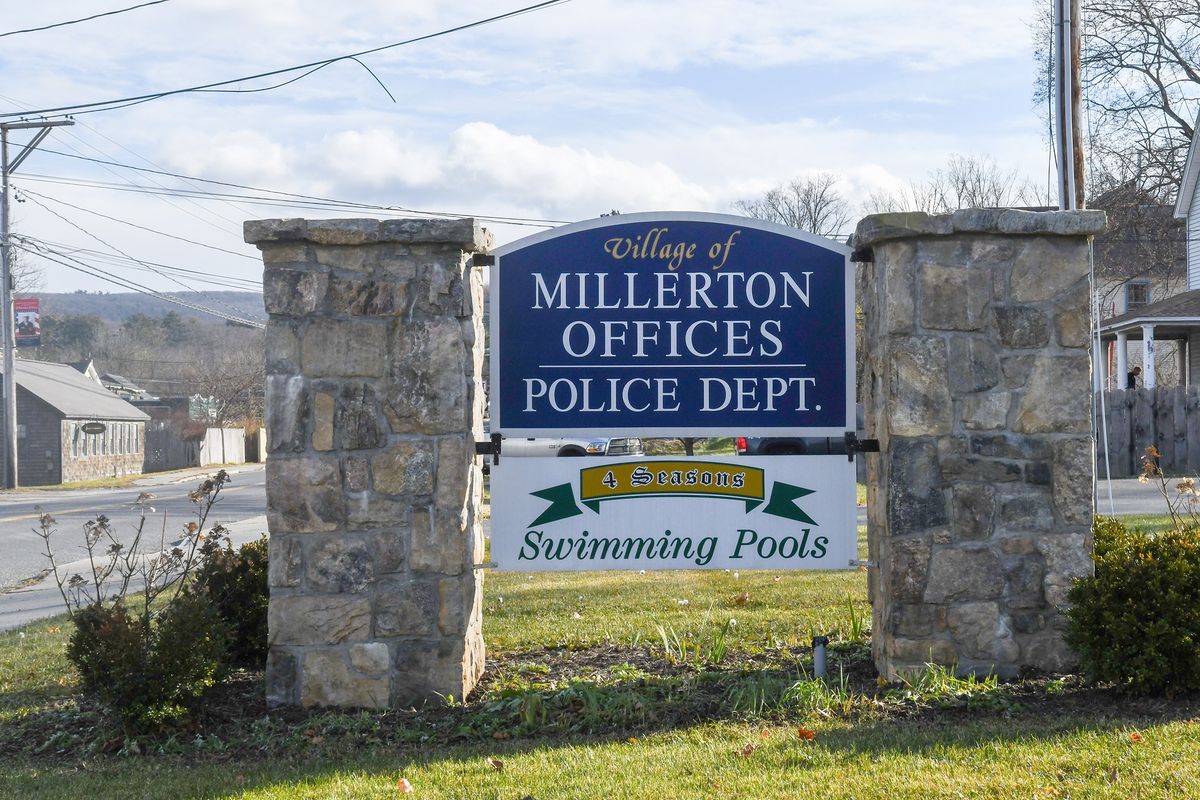
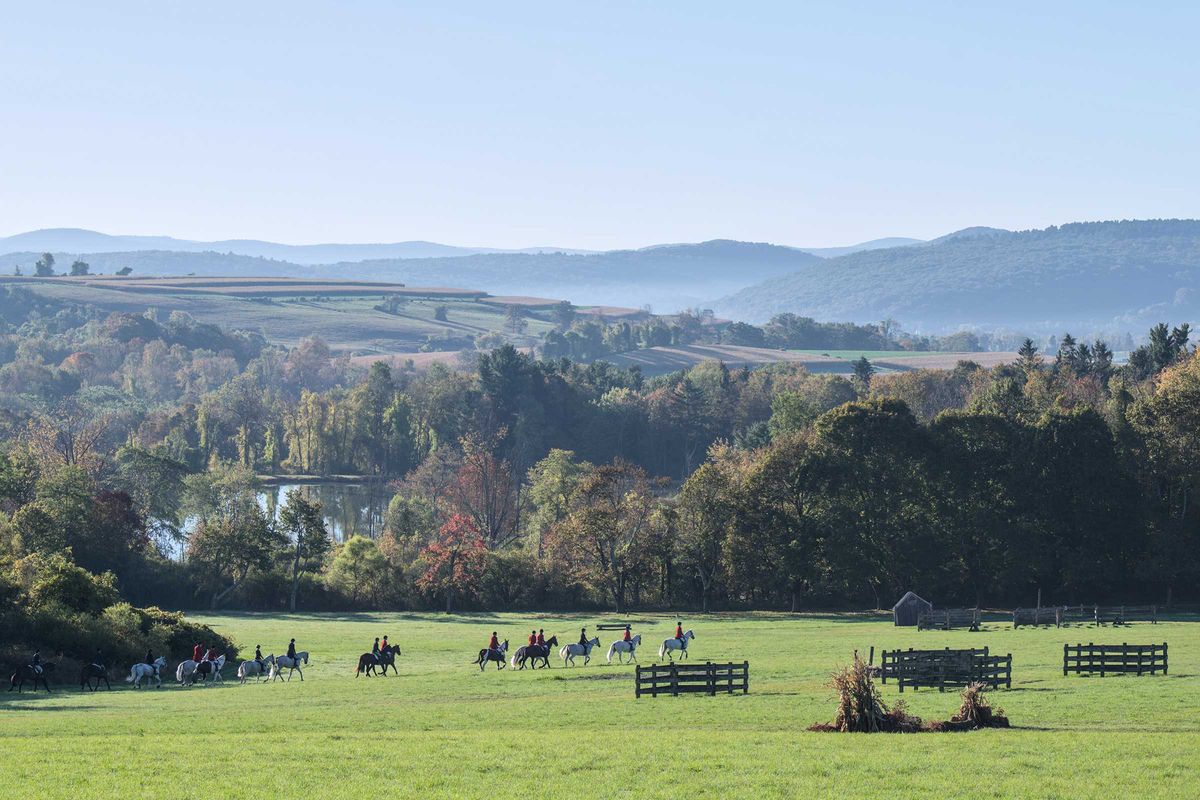
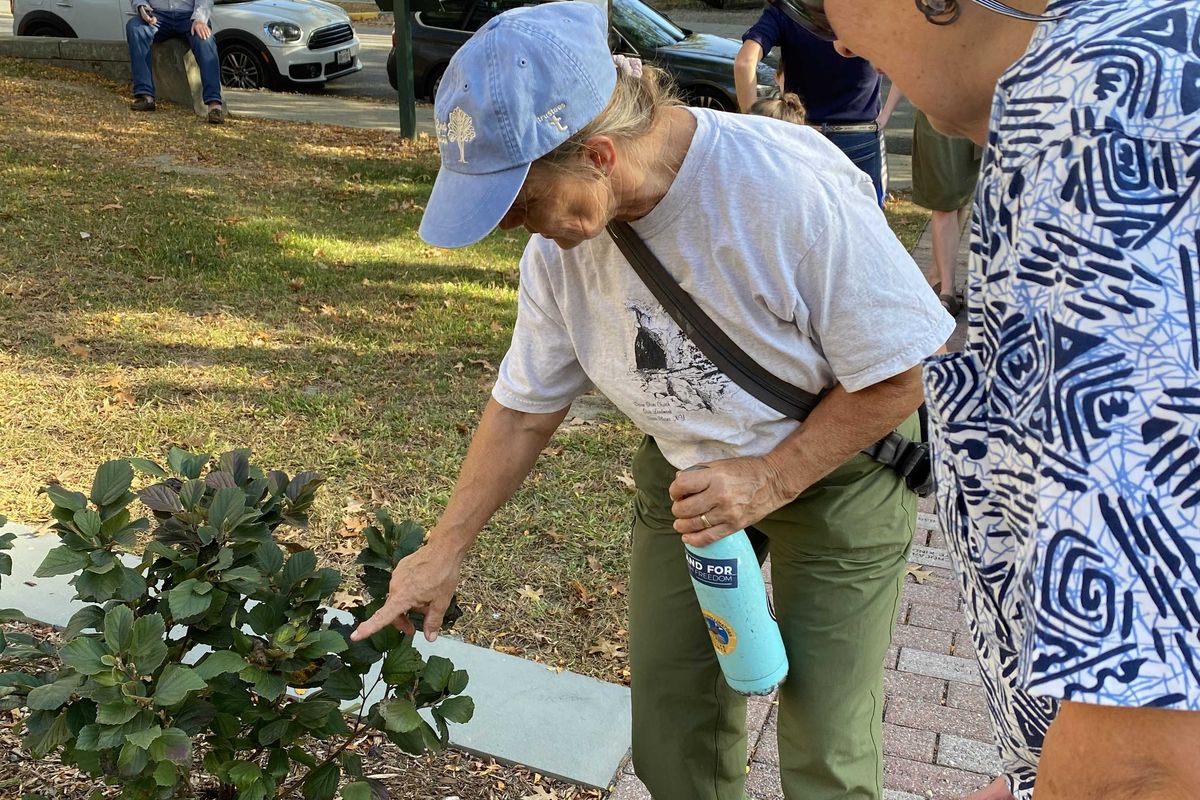
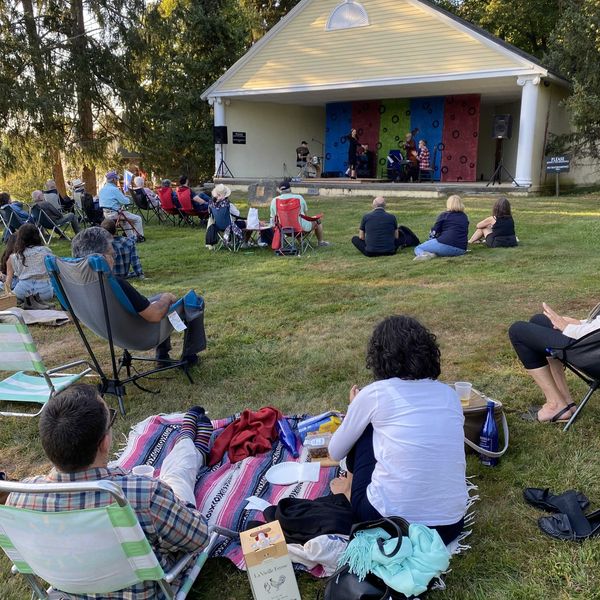


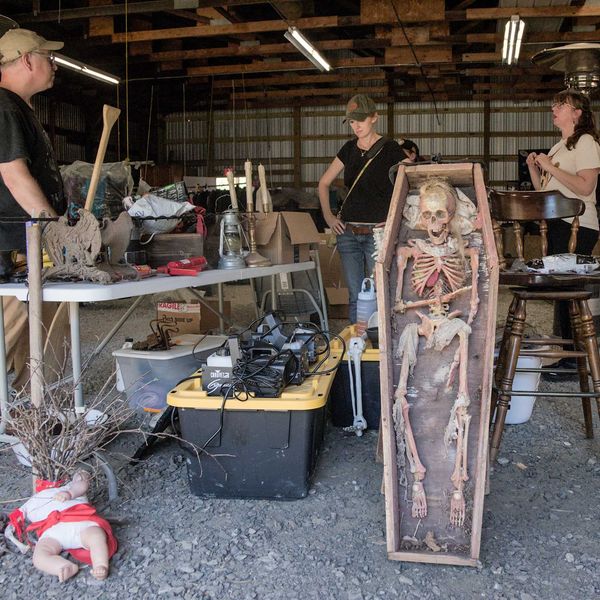

It’s not over till it’s over